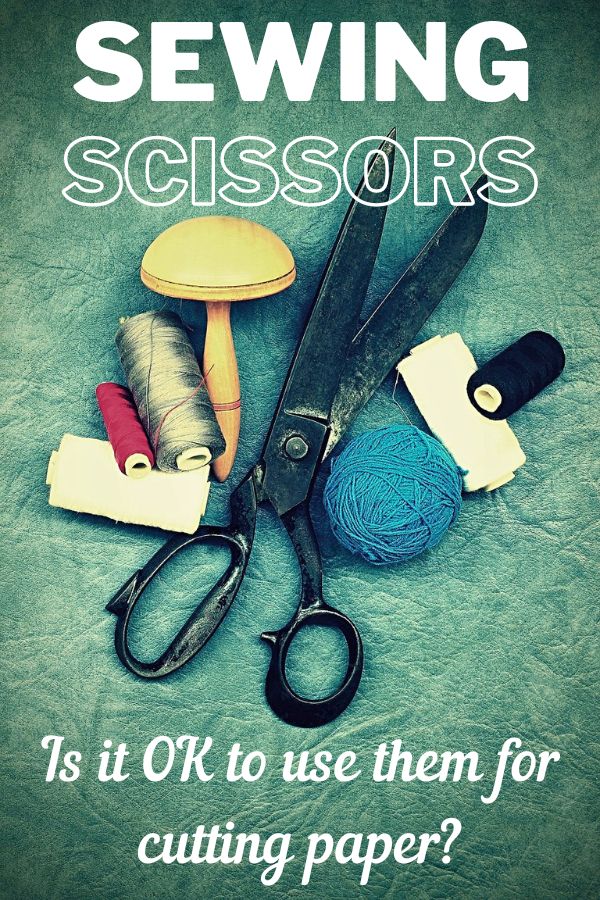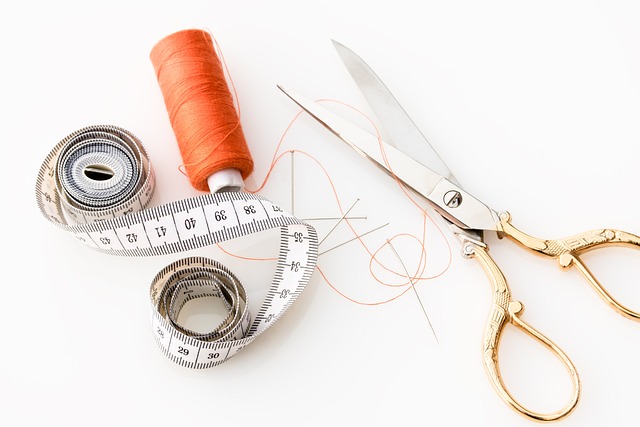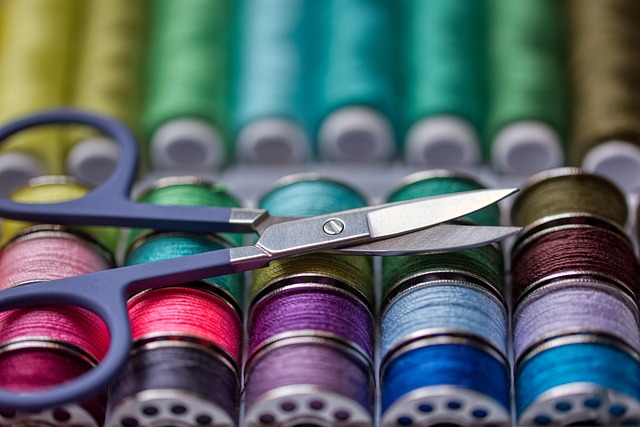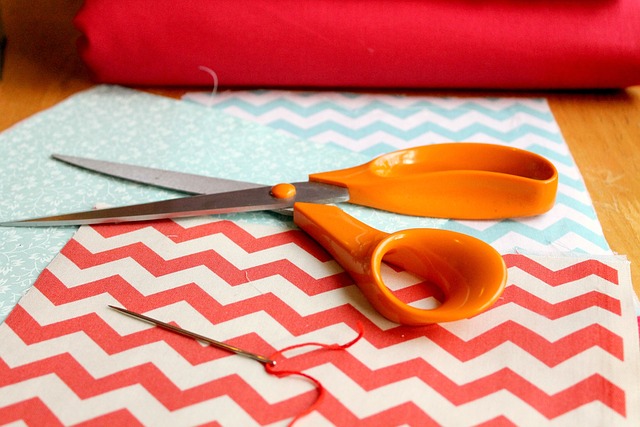Why you should never use your sewing scissors to cut paper

[ssba-buttons]
Hey there, my fellow sewing enthusiast! Grab a cup of tea and let’s have a chat about something that’s near and dear to our hearts: our trusty fabric scissors. You know, those magical tools that make cutting fabric a breeze? Well, here’s a friendly reminder: never, ever use them to cut paper.
Seriously, it’s a major faux pas in the sewing world. Let me break it down for you and share some extra tidbits of wisdom.
So, picture this: you’re happily sewing away, working on your latest project, when suddenly you need to trim some paper, perhaps cut out a pattern you’ve printed, or some fabric labels. Now, you might be tempted to reach for your faithful fabric scissors, thinking, “Hey, they’re sharp and handy. They’ll do the job just fine!” But hold your stitches, my friend! Using fabric scissors to cut paper can spell trouble for their performance and longevity. Let’s dive into the reasons why.
First off, let’s talk about the sheer toughness of paper. It may seem harmless, but it’s surprisingly resilient. When you use your beloved fabric scissors on paper, those blades face a whole lot more friction and pressure than they’re designed for. Over time, this can take a toll on their sharpness, making it harder to achieve those clean, precise cuts we all strive for in our sewing projects. And trust me, struggling with dull scissors is like trying to sew with a blunt needle—it’s not fun!

But wait, there’s more to the story! You see, those pointed tips on your trusty sewing scissors are more delicate than they appear. They’re specifically designed to effortlessly trim threads and fabric with precision. However, cutting paper with them can cause those fine tips to become dulled, throwing off their delicate balance. Suddenly, your go-to tool for precise trimming becomes less effective, and that’s a bummer.
Now, let’s take a closer look at the screw that holds the blades of your fabric scissors together. It may seem like a tiny detail, but it plays a crucial role in their smooth operation. The thing is, that screw isn’t built to withstand the force required to slice through thick cardstock or peel the insulation from household wiring (yes!), especially if you’re dealing with multiple layers. Using your fabric scissors on other thicker items can put undue stress on that delicate screw, leading to loosening or even breakage. And let me tell you, misaligned scissors or a wobbly screw are like a tangled bobbin—frustrating and time-consuming to deal with.
But here’s another thing to consider: paper fibers are surprisingly resilient. They can get wedged between the blades of your fabric scissors, causing tiny nicks and chips. Now, you won’t be able to spot those minuscule imperfections with the naked eye, but trust me, they’re there. And over time, these small nicks and chips add up, affecting the overall cutting performance of your beloved scissors. In some unfortunate cases, the damage might become so significant that you’ll need to replace the blades altogether. And that’s a sad day for any sewing enthusiast.

Oh, and let’s not forget about the impact on your wallet. Fabric scissors aren’t just any ordinary pair of scissors. They’re an investment in your sewing journey. A good pair can be a bit of an investment, costing more than your average pair of office scissors. When you use them to cut paper, you’re essentially speeding up their wear and tear, increasing the likelihood of needing to replace them sooner than expected. And we all know that sewing supplies can quickly add up, so preserving your fabric scissors’ lifespan is a savvy move for both your sewing projects and your budget.
To keep your fabric scissors in tip-top shape, they deserve a little tender loving care. After each sewing session, take a moment to wipe the blades clean, removing any lint, dust, or stray threads that may have clung to them. A clean blade ensures a smooth cutting experience. And here’s another pro tip: every now and then, treat your scissors to a drop of lubricant on the pivot point. This will keep the opening and closing action buttery smooth, allowing you to focus on the joy of sewing.
If you notice that your fabric scissors aren’t performing as they once did, it might be time for a professional sharpening. Find a trusted sharpening service that specializes in sewing tools. They’ll work their magic and bring back that sharpness you’ve been missing. It’s like a spa day for your scissors!

So, my sewing friend, let’s recap. Respect your sewing scissors and honor their purpose—cutting fabric like a boss. Resist the temptation to use them on paper, no matter how handy they may seem. Instead, invest in a separate pair of scissors specifically for paper and other materials. Think of it as expanding your scissor family, adding a sibling to the mix. By doing so, you’ll ensure that your fabric scissors stay in prime condition for years to come, ready to help you create stunning sewing projects with precision and joy.
Now, go forth and snip with confidence. Happy sewing and snipping!




